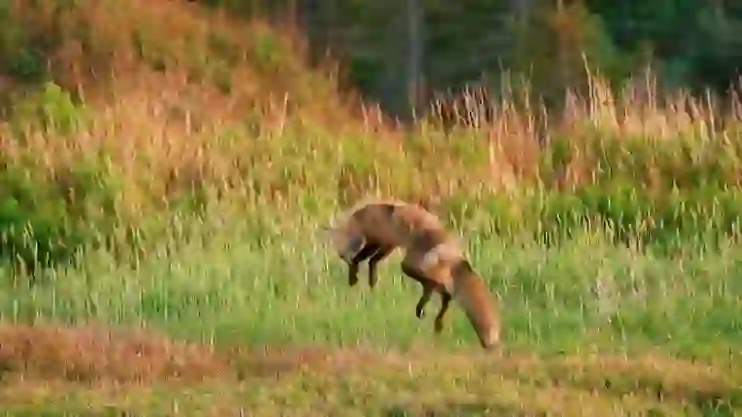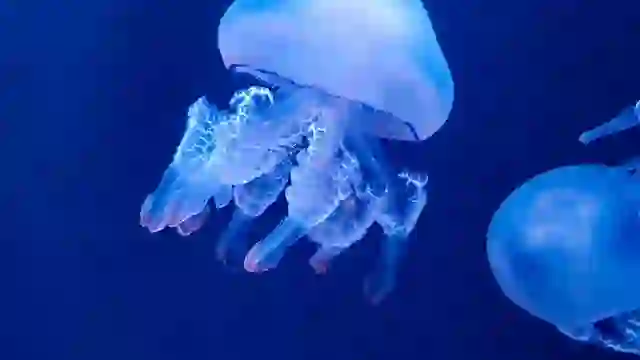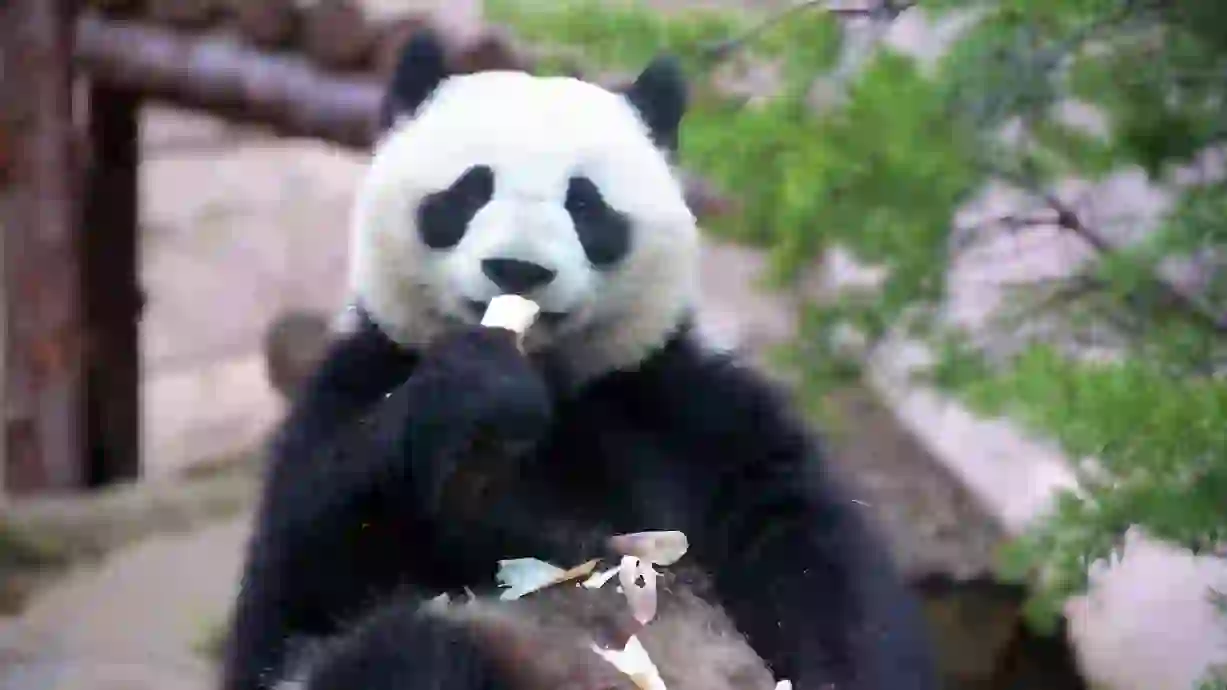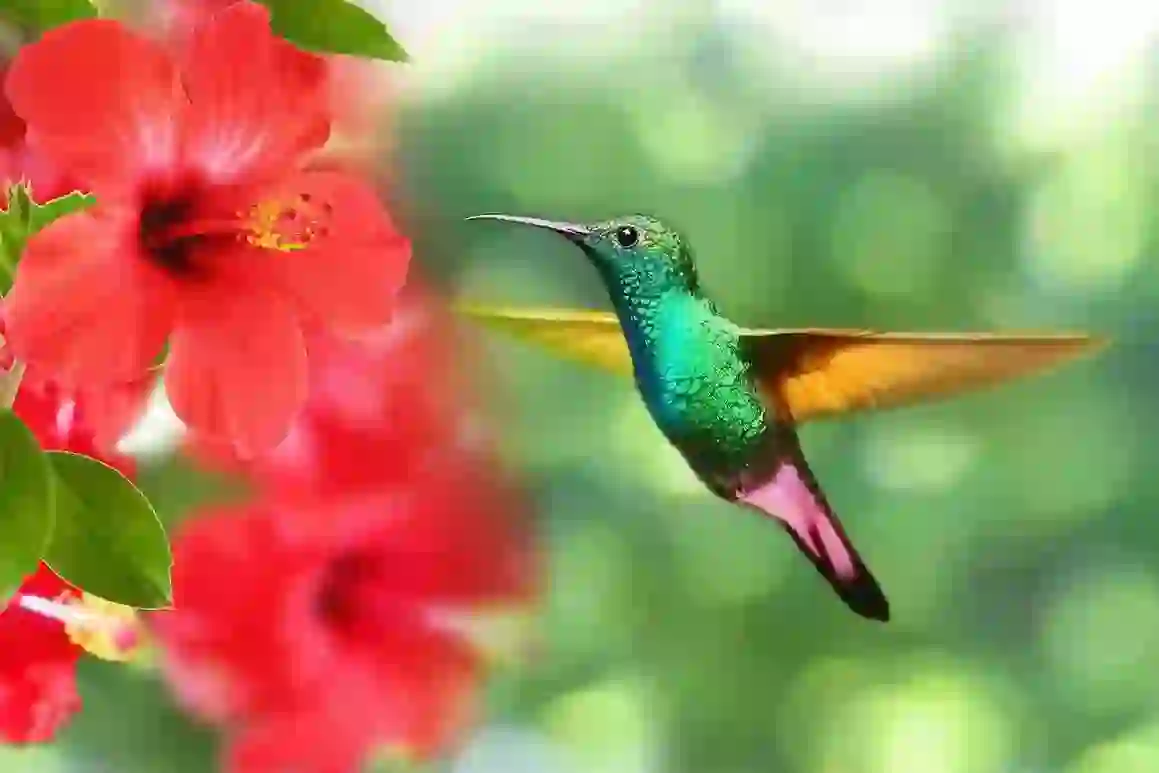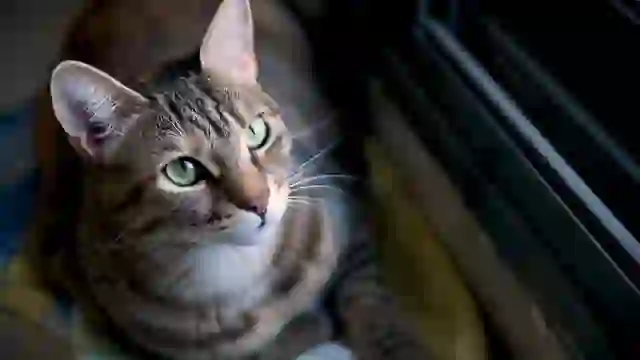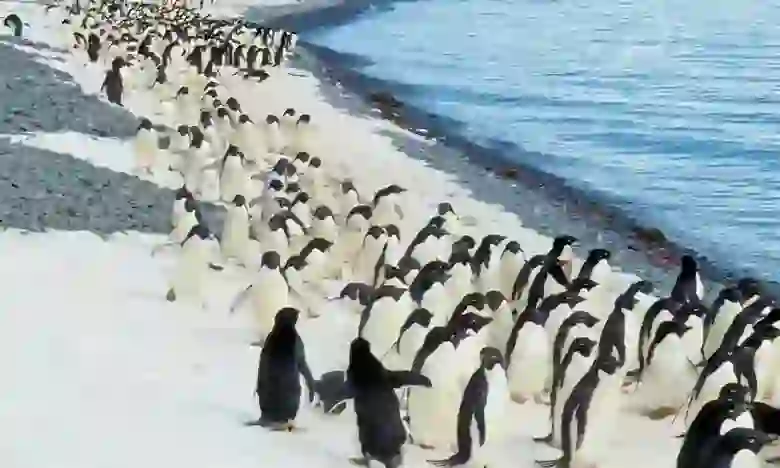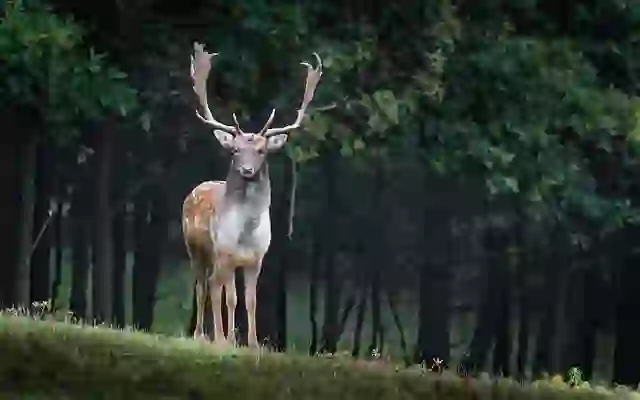
Hummingbird
Hummingbird
Hummingbird
Do you know the bird called 'Hummingbird'? It's a very small bird with beautiful colors, and its name has been used in movies as well. Since it is not found in Japan, there might be few people who have seen it. I will introduce you to the Hummingbird.
Hummingbird Basic Infomation
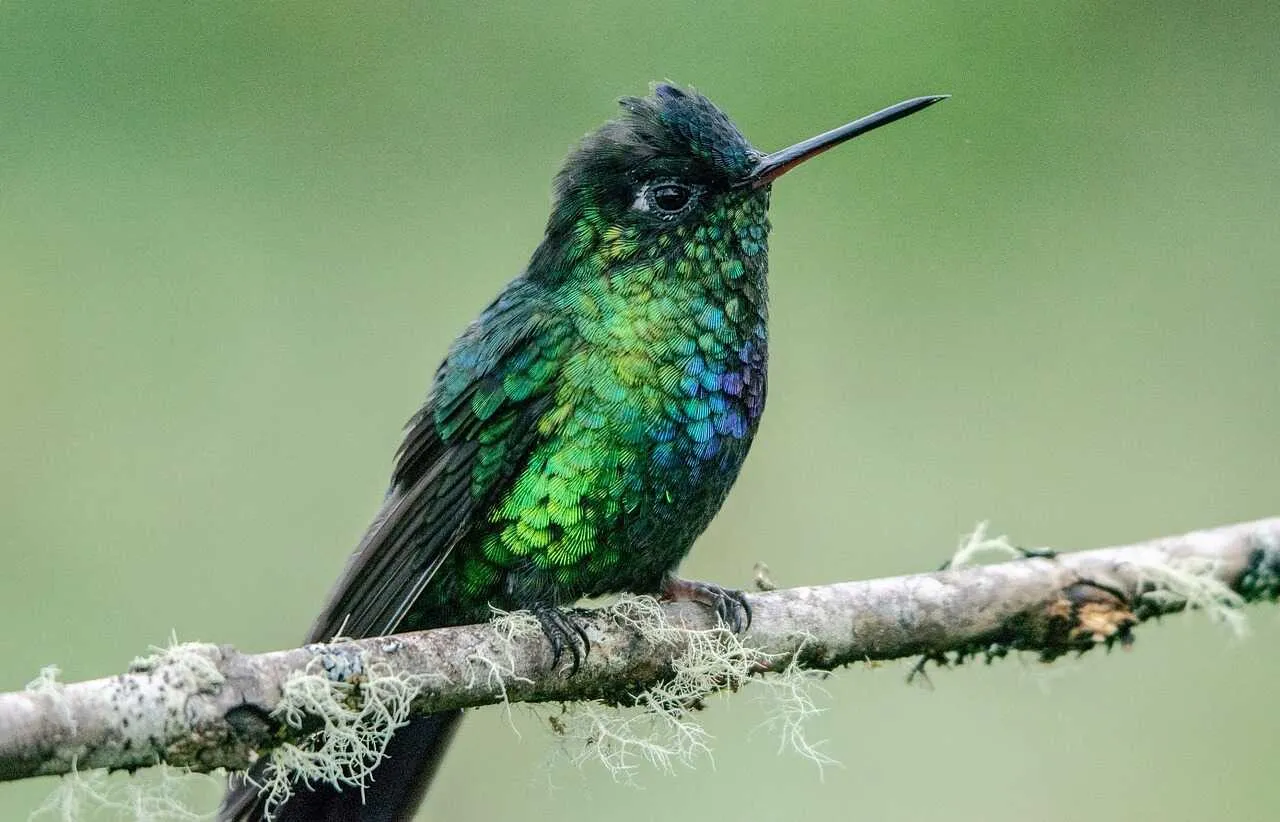
| Property | Value |
|---|---|
| Scientific Name | Archilochus colubris |
| Taxonomic Status | Accepted |
| Rank | Species |
| Kingdom | Animalia |
| Phylum | Chordata |
| Class | Aves |
| Order | Apodiformes |
| Family | Trochilidae |
| Genus | Archilochus |
| Conservation Status | Least Concern |
| Common Names | Ruby-throated Hummingbird, ノドアカハチドリ |
| Habitat | Breeds in eastern North America and Central America, and spends the winter in Mexico to Panama |

Order Apodiformes, Family Trochilidae
Total length: 5 to 24 cm
Weight: 2 to 20 g
Hummingbirds inhabit America, Canada, Alaska, Argentina, the Caribbean, Tierra del Fuego, Colombia, Ecuador, and Peru, with about 350 species residing there.
They are considered the smallest birds, and among hummingbirds, the 'Bee Hummingbird' is the smallest species with a body size of only 2.5 cm and, including the tail and beak, measures only about 5 to 6 cm. It weighs about 2 g, making it so small and light that it could be mistaken for an insect.
And above all, the color of their feathers is striking. Females have slightly glossy feathers that are green, brown, gray, and black, but males in addition to the female colors, have feathers covered in various metallic colors like purple, blue, red, and orange, which shimmer and change color depending on the viewing angle. Furthermore, males vary in the shape of the feathers on their heads depending on the species, and even their whiskers and neck feathers differ, making them quite fashionable.
Hummingbirds also have a distinctive flying style. Although their wings are short, they can move them very rapidly, so it sometimes appears as if they are hovering in mid-air. The rate of wing movement can be 55 to 80 times per second in smaller species. Since sparrows move their wings about 17 times per second, you can see how fast hummingbirds are moving their wings. With such rapid movement, even the wings seem like they are stationary.
Their beaks are also distinctive, being long and narrow, and either straight or slightly curved downward.
Being the smallest birds, their physical features are quite different from other birds.
Hummingbird Q&A

What is the origin of the name 'hummingbird'?
Hummingbirds flap their wings very fast, producing a 'buzzing' sound similar to that of a bee. This similarity in sound to the bee is how the hummingbird got its name. The smallest hummingbird is about the same size as a bee, which might make it hard to distinguish one from the other.
In English, hummingbirds are called 'hummingbirds.' You might have heard this name before. The origin of the name is the same in English; the sound of a bee's wings is described as a 'hum.' Thus, the name 'Hummingbird' came to be.
Although the names in Japanese and English derive from the bee, in French, the origin comes from a different insect. In French, a hummingbird is called 'oiseaux-mouche,' which translates to 'fly bird' in Japanese.
It's interesting to think that if it had been named after the fly in Japanese, it might have been called 'fly bird' instead of 'hummingbird.' I am glad it's called 'hummingbird.'
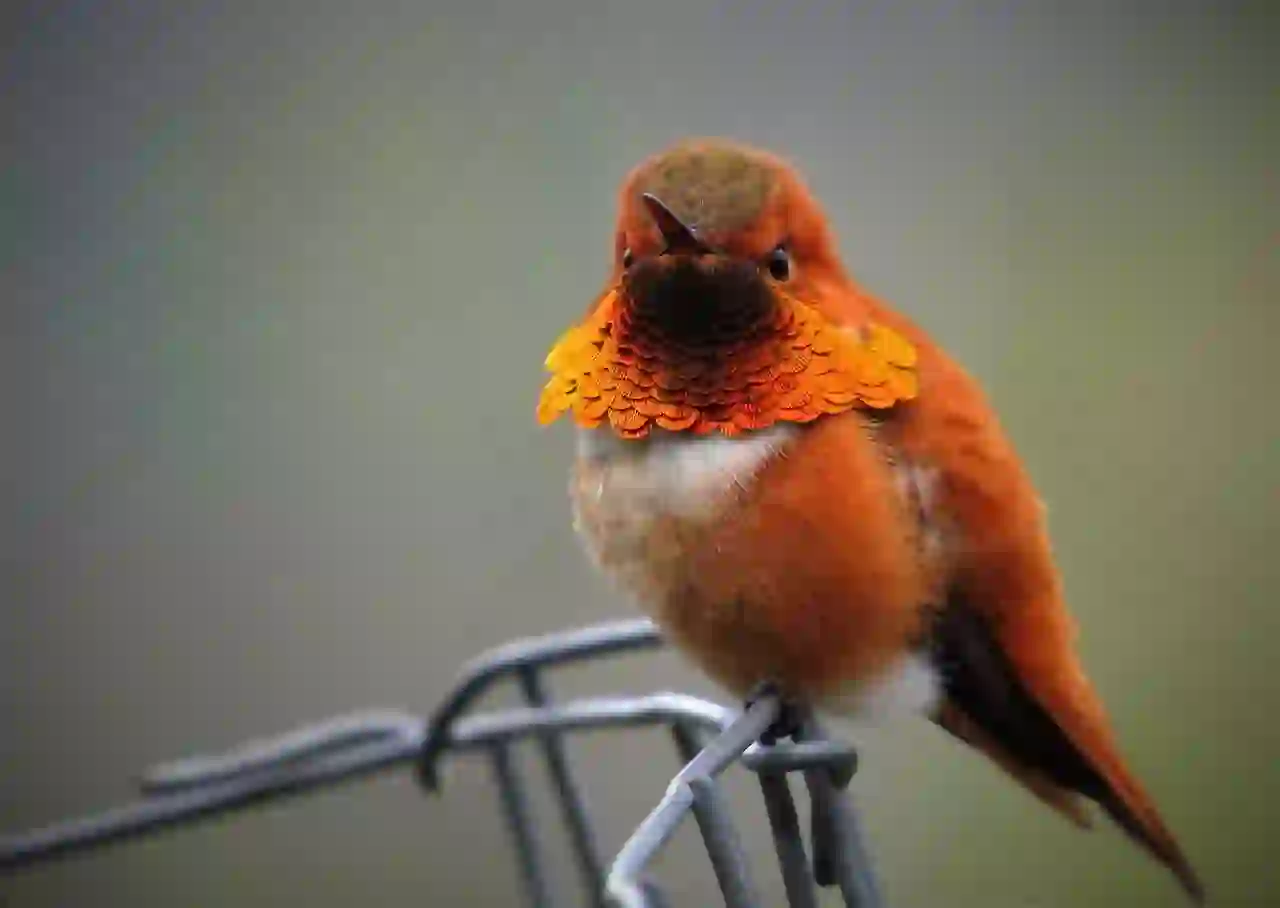
Why do hummingbirds live there?
Hummingbirds live in tropical and subtropical forests, but they sometimes venture near parks and human residences, possibly in search of food.
Hummingbirds are constantly on the move and eating while they are awake. However, at night, they are completely still and just sleep, which is quite the opposite of their daytime activity. Though it might seem normal for them to sleep at night, what hummingbirds do is not just ordinary sleep but a deep sleep similar to hibernation that some animals undergo during winter.
Energy is consumed more quickly when body temperature rises, improving metabolism. To prevent excessive energy consumption, hummingbirds lower their body temperature from 40 degrees to 18 degrees while sleeping.
It's fascinating how their activity levels differ so drastically between day and night. It might be a necessary adaptation for such small birds.
Hummingbirds are sometimes kept in zoos, where they are fed a mixture of milk, sugar, and honey. However, they tend to die earlier than they would in the wild, which suggests that their natural habitat is indeed the best for them.

What do hummingbirds eat?
Hummingbirds primarily feed on nectar from flowers. Their long, slender beaks are perfectly suited for sipping nectar, just like a bee's.
While they mostly eat nectar, they also catch insects and bugs that gather around the flowers.
Hummingbirds are always flying, and their legs have degenerated, so they cannot perch on branches. How do they drink nectar?
The flowers that hummingbirds drink from often lack thick branches, so even if they had legs, they couldn't perch. Therefore, hummingbirds hover in mid-air using a flight technique called 'hovering.' As I mentioned earlier, hummingbirds can stay airborne by flapping their wings rapidly. This flight technique is called hovering, and you can think of it like a helicopter. By hovering, they can dip their beaks into flowers to drink nectar. Moreover, this hovering allows them to move forward, stop, and even move backward in mid-air. If there are many flowers, this agile movement might make it easier for them to efficiently collect nectar, something other birds cannot do.

How do hummingbirds reproduce?
The breeding season varies among hummingbird species, but most species breed between November and May.
Males perform courtship behaviors to appeal to females, and these behaviors vary by species. They might dance, fully spread the feathers on their faces, extend tentacle-like structures from their faces, or dive from the sky while making noises with their tail feathers to attract females. The colorful and glossy appearance of males might also be for this purpose.
Once a partner is found, the female builds a small nest about 5 to 6 cm in diameter on a branch, which is sufficient given their small size. She lays two eggs, about the size of coffee beans, and incubates them for about 14 to 20 days. Once the chicks hatch, the female brings them food.
However, the challenge begins here. Because they are small, they have many predators. Insects that wouldn't normally bother larger birds become predators for them. The female must constantly guard and leave the nest to fetch food.
Notice that from nest-building to leaving the nest, it's all done by the female. What is the male doing during this time? The male mates with many females, and once the breeding is over, he goes off to find another partner.
It might seem sad, but this is essential for increasing their numbers.
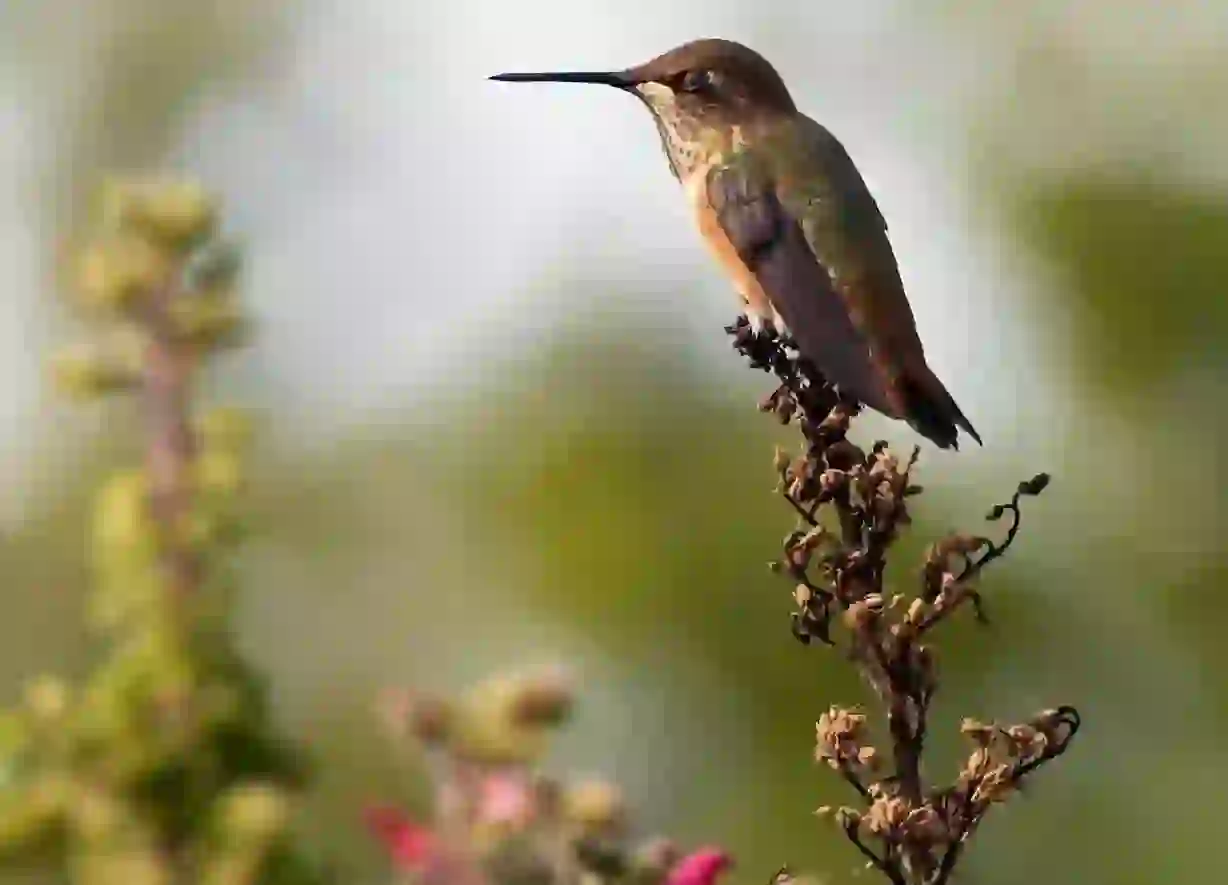
Why are hummingbirds constantly drinking nectar?
As I mentioned earlier, hummingbirds are always eating while they are awake. Why do such small birds need so much food?
Hummingbirds have the highest metabolism of any bird, with a heart rate said to be 1260 beats per minute, which is ten times less even for human athletes. This shows how remarkable they are.
Because of this, they lose heat quickly from their bodies and must continuously eat and move their wings rapidly to survive.
The nectar they consume turns into glucose, which then becomes energy. If we compare this to humans, it takes a bit of time for sugar to turn into glucose, and only about 30% of the ingested sugar turns into energy.
However, hummingbirds can instantly convert the sugar they eat into energy, using all of it for this purpose.
Hummingbirds fly to drink nectar and drink nectar to keep flying. That's why they hibernate at night to save energy.

Is it true that hummingbirds have good eyesight?
Hummingbirds not only have good eyesight but also highly developed visual perception.
To maintain a hovering state in nature, they need to know instantly their position, where the flowers are, how the wind is blowing, and where predators are. They can quickly adjust their wing direction with each change in the complex wind patterns, maintaining their hovering state.
Being small means they have many predators, so this ability may have developed as a defense mechanism.

Do hummingbirds have different beak shapes depending on the species?
Because there are many hummingbird species, they vary in feather color and size, but their beaks also differ. Why is that?
It's because they eat different types of flowers. Each hummingbird feeds only on the nectar of one type of flower, so their beaks are shaped to best extract the nectar from that specific flower. Hummingbirds that eat nectar from flowers with large petals and deep nectar locations have very long beaks, and those that eat from flowers with petals that bend 90 degrees have beaks that also bend at 90 degrees.
This specialization in nectar sources among different hummingbird species helps them avoid competing with each other, which is crucial for their survival.
Flowers benefit too, not just by providing nectar. As hummingbirds feed only on certain flowers, they also carry pollen from those same types of flowers, helping in pollination. Flowers attract specific hummingbirds by adjusting their shape, color, and scent to ensure pollination.
Hummingbirds and flowers have a win-win relationship.

Are hummingbirds considered birds of happiness?
Hummingbirds have been around for a long time and appear in various myths due to their vibrant colors.
Native American legends, in particular, have many stories about hummingbirds, portraying them as birds that bring happiness. For example, when a forest fire occurred, many animals fled, but the hummingbird kept bringing droplets of water from a river to the fire. A jaguar watching mocked the hummingbird, saying such a small amount of water couldn't possibly make a difference, but the hummingbird continued undeterred. Seeing this, other animals started to help as well. This story teaches that even in despair, depending on your mindset, you can always find hope.
Furthermore, there are tales of people finding their way out of great sorrow upon seeing a hummingbird, or of the bird bringing light to the dark night sky, giving it a god-like presence.
Additionally, hummingbirds are also called 'birds of love' due to their unique courtship behaviors. This deep connection with love might also be why they are referred to as 'birds of love.'

Would you like to become a part of the 'Animalbook.jp'?
Turn your knowledge into Q&A and share it with the world. ※Publication will be activated after purchase. Let's share information together!
Hummingbird Type of List

There are many types of hummingbirds, so here are some introductions to a few of them.
- White-necked Hummingbird
- Topaz Hummingbird
- Sicklebill Hummingbird
- Sword-billed Hummingbird
- Bearded Hummingbird
- Curve-billed Hummingbird
- Spear-billed Hummingbird
- Blue-eared Hummingbird
- Violet Sabrewing Hummingbird
- Buff-bellied Hummingbird
- Blue-throated Mango Hummingbird
- Fan-tailed Hummingbird
- Green-footed Hummingbird
- Black-bellied Hummingbird
- Rainbow Hummingbird
- Bronze Inca Hummingbird
- White-rumped Hummingbird
- Japanese Sunbeam Hummingbird
- Amethyst-throated Sunangel Hummingbird
- Crested Hummingbird
- Crowned Woodnymph Hummingbird
- Gorgeted Hummingbird
- Blue-tufted Starthroat Hummingbird
- Ecuadorian Hillstar Hummingbird
- Thornbill Hummingbird
- Green-crowned Brilliant Hummingbird
- Red-tailed Comet Hummingbird
- Emerald-chinned Hummingbird
- Tufted Coquette Hummingbird
- Sapphire-throated Hummingbird
- Needle-billed Hummingbird
- Amethyst Hummingbird
- Ruby-throated Hummingbird
- Anna's Hummingbird
- Broad-tailed Hummingbird
- Rufous-tailed Hummingbird
- Wedge-billed Hummingbird
- Mexican Violetear Hummingbird
- White-tailed Hummingbird
- Green-tailed Trainbearer
- Golden Sapphire Hummingbird
- Sapphire-throated Hummingbird
- Red-billed Hummingbird
- Bee Hummingbird
- Giant Hummingbird
- and others
Information
Congratulations! You are the first commenter!

Create Your Favorite List!
Hummingbird
Save the animals you love! Build your own list to quickly revisit your favorites later.

Would you like to leave a comment?
※Please note: This is for the purchase of rights to post comments within the article.
Find Your Favorites!
Our shop offers a unique and attractive selection of goods themed around various animals.
Hummingbird References
Hummingbird Introduction of media used
出典:https://pixabay.com/videos/id-26973/

出典:https://pixabay.com/images/id-6935465/

出典:https://pixabay.com/images/id-5111261/

出典:https://pixabay.com/images/id-5477966/

出典:https://pixabay.com/images/id-7964391/

出典:https://unsplash.com/ja/写真/4Yc39BwOjZQ

出典:https://unsplash.com/ja/写真/K_RlYhnKoh8

出典:https://pixabay.com/images/id-7745078/
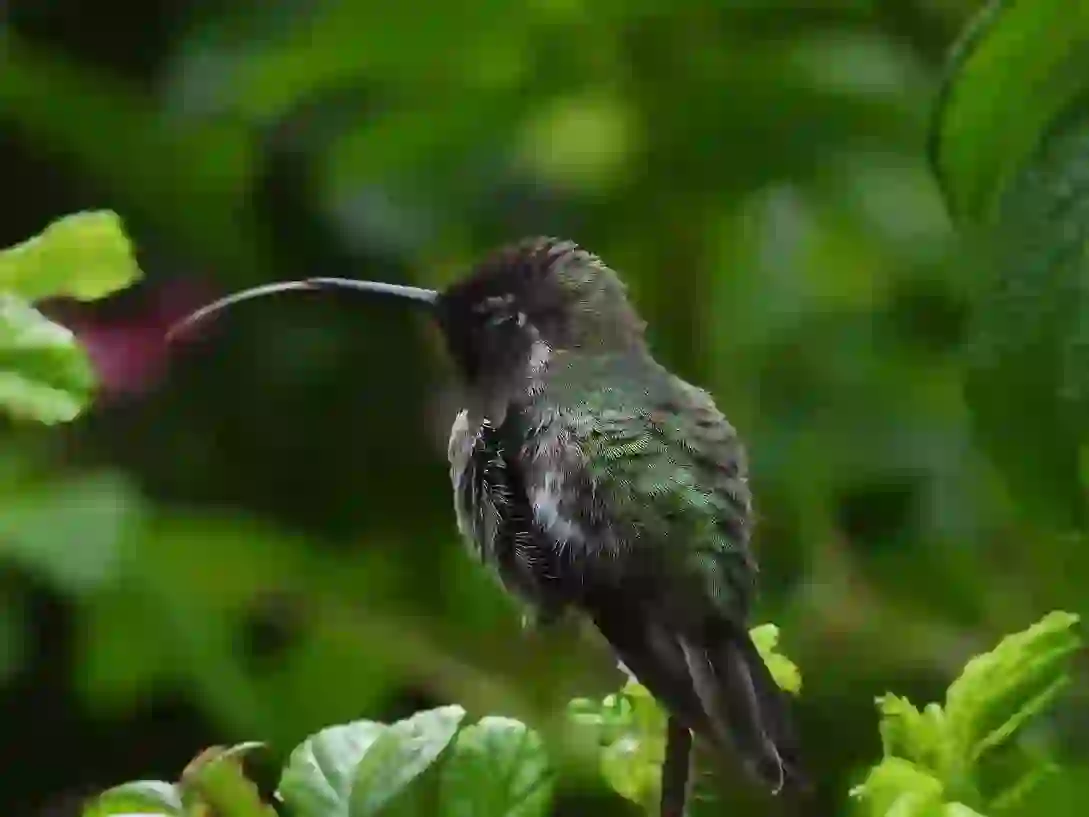
出典:https://pixabay.com/images/id-5372859/
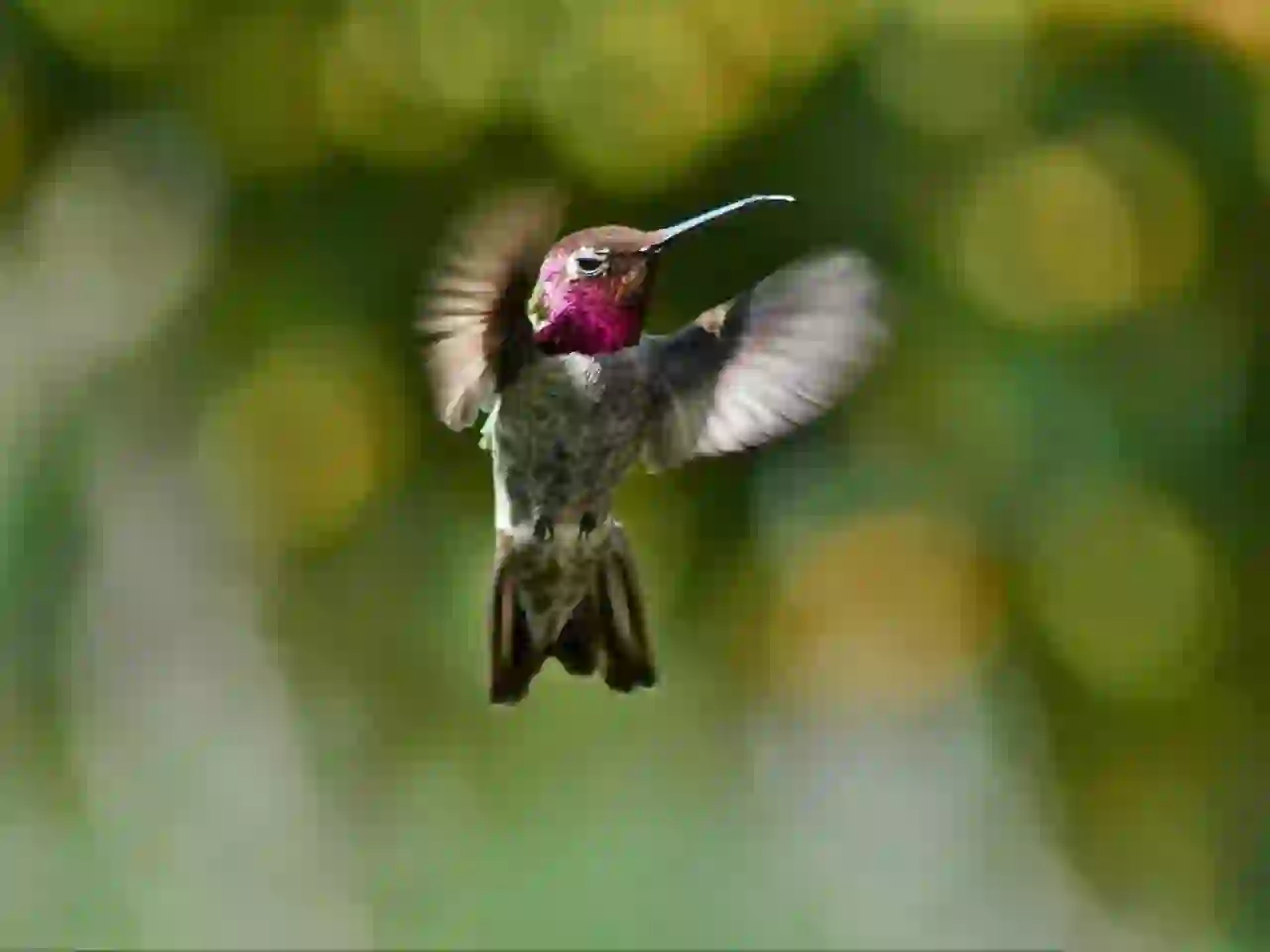
出典:https://pixabay.com/images/id-5003879/
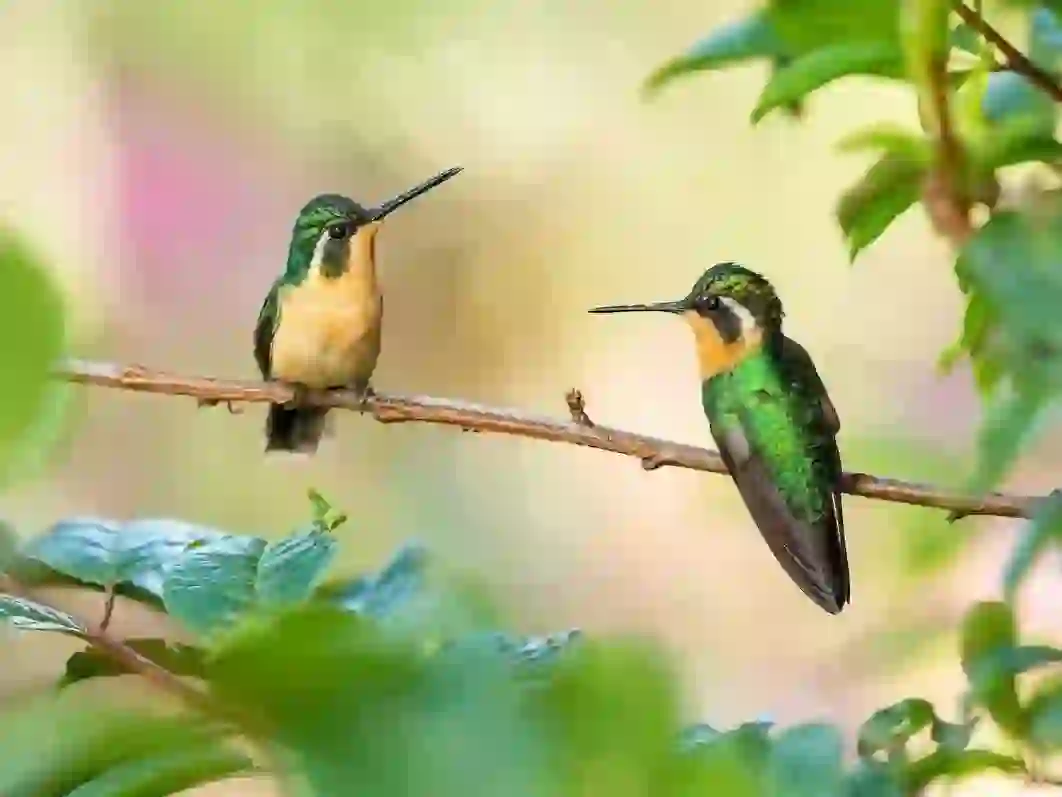
出典:https://unsplash.com/ja/写真/RiM-wOomC6w

Help Enrich Our Animalbook.jp with Your Media!
We are constantly looking to expand and enrich our Animalbook.jp with amazing photos and videos of animals. If you have any media that you'd like to share, please contribute and help us showcase the beauty and diversity of the animal kingdom. Your submissions will be credited and featured in our encyclopedia, reaching a wide audience of animal lovers.



